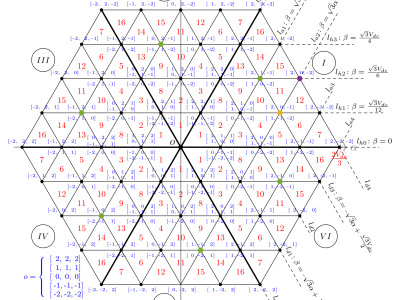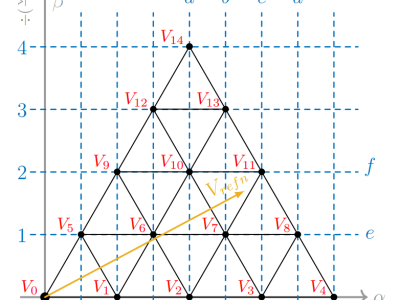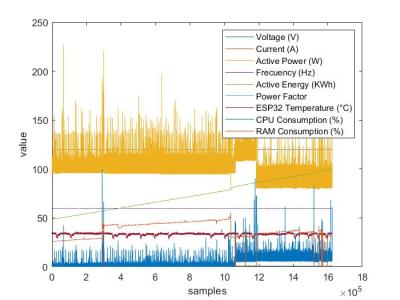MATLAB Simulation Files: A Simplified Multilevel SVPWM Based on Boundary Lines

- Citation Author(s):
- Submitted by:
- Amir Ostadrahimi
- Last updated:
- DOI:
- 10.21227/bjz2-1w40
- Research Article Link:
 316 views
316 views
- Categories:
- Keywords:
Abstract
Space vector pulse width modulation (SVPWM) is a superior switching technique offering several benefits for power electronic inverters. However, concerning multilevel inverters (MLIs), implementing SVPWM is a demanding and time-consuming task because it deals with the six sectors of the space vector modulation (SVM) plane and numerous regions and vectors. Several research works in the literature tried to simplify SVPWM implementation for MLIs. The proposed method here uses several techniques aiming to simplify the designing process and reduce the computational burden of the multilevel SVPWM. The first technique is the boundary lines concept, a useful tool to detect the region and assign the switching states. The other techniques are transferring and translating techniques. With these two techniques, the switching process is designed only for the first sector of the SVM plane. First, the voltage reference vector is transferred to the first sector. After assigning and calculating the switching states and duty cycles, the method uses translating technique to make datasets compatible with their main sector. The proposed method only uses basic algebraic functions in order to save the limited hardware resources of the processor. Overmodulation is the most challenging part of SVPWM strategies. However, in the proposed method, the same basic functions are used to handle overmodulation operations. The attached file includes MATLAB simulation for a three-level and a five-level inverter.
Instructions:
The following DOI is related to the paper, explaining this method. Also, the simulation file is self-explanatory and using appropriate figures and comments, the process has been clarified.









